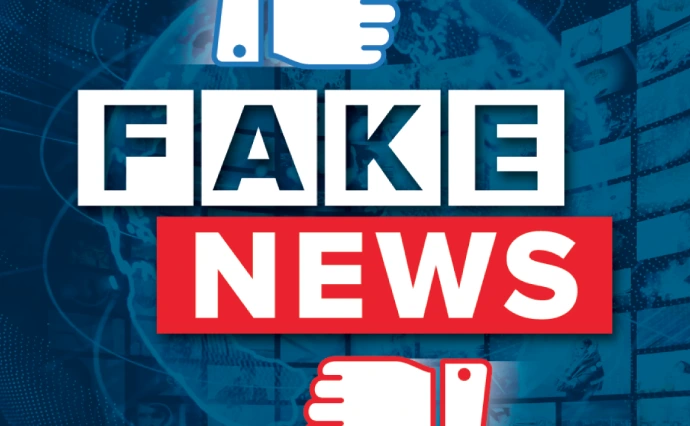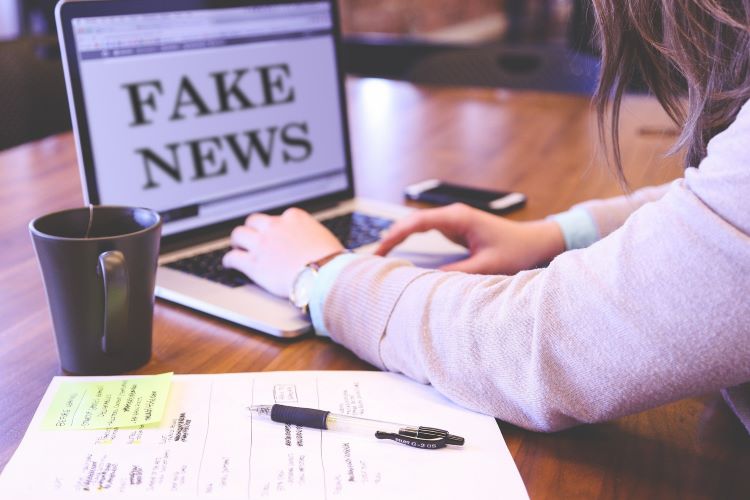The impact of fake news has become increasingly significant in today’s digital world. Fake news, often designed to mislead or manipulate public opinion, poses a serious threat to informed decision-making and democratic processes. As misinformation spreads rapidly across social media platforms, the consequences of fake news can be far-reaching, affecting everything from personal beliefs to global events.
Understanding the impact of fake news is crucial for navigating the modern information landscape. By recognizing how fake news is created and disseminated, individuals can better safeguard themselves against misinformation. In this era of digital communication, being aware of the impact of fake news allows us to seek out reliable sources and make more informed choices.
Understanding the Rise of Fake News
The rise of fake news stems from several interconnected factors that have evolved with digital technology and social media. The advent of these technologies has increased the accessibility of information and democratized content creation. Previously, traditional media outlets like newspapers, radio, and television controlled news dissemination, enforcing journalistic standards and editorial oversight to ensure accuracy.
Another crucial factor is the economic incentives driving the creation and spread of fake news. Many fake news websites and individuals generate revenue through advertising and clickbait. By producing provocative and misleading headlines, these creators attract high traffic to their sites, increasing their advertising revenue. This profit-driven motivation encourages the spread of misinformation as sensationalist content tends to attract more clicks and shares than factual reporting.
Fake News Influences Public Opinion
Fake news exerts a profound influence on public opinion by distorting perceptions and shaping beliefs through misleading or false information. This influence is largely a result of the ways in which fake news is disseminated and consumed, exploiting cognitive biases and leveraging emotional responses.
The emotional impact of fake news further amplifies its influence. Fake news stories are frequently designed to provoke strong emotional reactions, such as fear, anger, or outrage. These emotions can overshadow rational analysis and lead to more impulsive reactions and belief formation.
Social media platforms play a critical role in this process by facilitating the rapid spread of fake news. The algorithms used by social media networks prioritize content that generates high levels of engagement, often promoting sensational or controversial stories over accurate reporting. This amplification effect ensures that fake news reaches a wider audience and has a greater impact on public opinion.
The Role of Social Media in Spreading Fake News
Social media has become a powerful conduit for the spread of fake news, significantly amplifying its reach and impact. The unique characteristics of social media platforms, such as their vast user bases, rapid content sharing capabilities, and algorithm-driven content curation, make them particularly effective at disseminating misinformation.
One of the primary ways social media contributes to the spread of fake news is through the viral nature of content sharing. Users can quickly share articles, posts, and videos with their networks, allowing misinformation to reach a wide audience in a short period.

Case Studies of Fake News Incidents and Their Consequences
Examining specific case studies of fake news incidents reveals the profound impact misinformation can have on public perception and societal dynamics. One notable example is the 2016 U.S. presidential election, where fake news stories circulated widely on social media platforms.
These stories, which included false claims about candidates and electoral processes, played a role in shaping voter perceptions and influencing election outcomes. The spread of misleading information undermined trust in the electoral system and contributed to polarized political environments.
The Psychological Effects of Consuming Fake News
Consuming fake news can have significant psychological effects on individuals, impacting their mental and emotional well-being. One of the primary psychological impacts is the reinforcement of pre-existing biases and beliefs.
When individuals encounter fake news that aligns with their viewpoints or emotional triggers, it can strengthen their preconceptions and lead to increased polarization. This confirmation bias not only solidifies existing beliefs but also reduces the likelihood of critically evaluating information, making it harder for individuals to recognize and reject misinformation.
The emotional impact of fake news is also profound. Sensationalist and misleading content often aims to evoke strong emotional responses, such as fear, anger, or outrage. These emotions can overshadow rational thinking and lead to heightened stress and anxiety. For example, fake news about impending disasters or health crises can create unnecessary panic, affecting individuals’ mental health and overall sense of security
Moreover, the pervasive nature of fake news can lead to a general sense of mistrust and cynicism. When individuals are frequently exposed to misinformation, they may become skeptical of all news sources, including those that are credible and reliable. This erosion of trust can result in a decreased engagement with legitimate news and a diminished capacity to discern accurate information from falsehoods.
The Psychological Effects of Consuming Fake News
Consuming fake news can have significant psychological effects on individuals, impacting their mental and emotional well-being. One of the primary psychological impacts is the reinforcement of pre-existing biases and beliefs.
When individuals encounter fake news that aligns with their viewpoints or emotional triggers, it can strengthen their preconceptions and lead to increased polarization. This confirmation bias not only solidifies existing beliefs but also reduces the likelihood of critically evaluating information, making it harder for individuals to recognize and reject misinformation.
The emotional impact of fake news is also profound. Sensationalist and misleading content often aims to evoke strong emotional responses, such as fear, anger, or outrage. These emotions can overshadow rational thinking and lead to heightened stress and anxiety.
Moreover, the pervasive nature of fake news can lead to a general sense of mistrust and cynicism. When individuals are frequently exposed to misinformation, they may become skeptical of all news sources, including those that are credible and reliable. This erosion of trust can result in a decreased engagement with legitimate news and a diminished capacity to discern accurate information from falsehoods.
Strategies for Identifying and Combating Fake News
Combating fake news requires a combination of critical thinking skills, technological solutions, and proactive measures from both individuals and organizations. One effective strategy is to enhance media literacy, empowering individuals to critically evaluate the credibility of information sources.
Technology also plays a crucial role in identifying fake news. Advanced algorithms and artificial intelligence can help detect patterns indicative of misinformation, such as sensationalist language or the spread of dubious sources. Social media platforms are increasingly employing these technologies to flag or limit the dissemination of false content, though the effectiveness of such measures varies.
The Future of Media Literacy and Its Role in Countering Fake News
The future of media literacy is crucial in addressing the challenge of fake news and ensuring an informed public. As misinformation continues to proliferate, media literacy education becomes increasingly vital for equipping individuals with the skills to critically evaluate information sources.
Educational institutions, libraries, and community organizations can play a significant role in advancing media literacy by integrating these skills into their curriculums and programs. Providing practical tools for fact-checking, understanding digital footprints, and discerning the reliability of sources can empower individuals to navigate the complex media landscape more effectively.
Furthermore, collaboration between tech companies, educators, and policymakers is essential in fostering a comprehensive approach to media literacy. Developing and implementing digital literacy initiatives and tools that can adapt to the evolving nature of misinformation will be key to enhancing public resilience against fake news.
FAQ
Q:What are the main characteristics of fake news?
Fake news often includes sensationalist headlines, emotional manipulation, and false or misleading information designed to deceive or mislead readers.
Q:How can I verify the credibility of a news source?
To verify credibility, check the source’s reputation, cross-reference the information with other reputable sources, and look for evidence of fact-checking and editorial standards.
Q:What role does social media play in the spread of fake news?
Social media amplifies the spread of fake news through rapid sharing, algorithmic promotion of sensational content, and the creation of echo chambers that reinforce misinformation.
Q:How can individuals protect themselves from believing fake news?
Individuals can protect themselves by developing critical thinking skills, verifying information through multiple trusted sources, and being cautious about sharing unverified content.
Q:What are effective strategies for combating fake news at a community level?
Effective strategies include promoting media literacy education, encouraging transparency in journalism, supporting fact-checking organizations, and fostering open discussions about misinformation.
Conclusion
The rise of fake news represents a significant challenge in today’s information landscape, affecting public perception and societal trust. The spread of misinformation through digital platforms and social media has underscored the importance of media literacy, critical thinking, and technological solutions in addressing this issue. Understanding the origins and mechanisms of fake news, such as its reinforcement of biases, emotional manipulation, and the role of social media algorithms.
Promoting media literacy, developing advanced detection technologies, and ensuring transparency in journalism are crucial steps in combating fake news. By equipping individuals with the skills to critically evaluate information and fostering a culture of skepticism towards unverified claims, we can reduce the influence of misinformation. Additionally, collaboration among educators, tech companies,

Comments are closed.